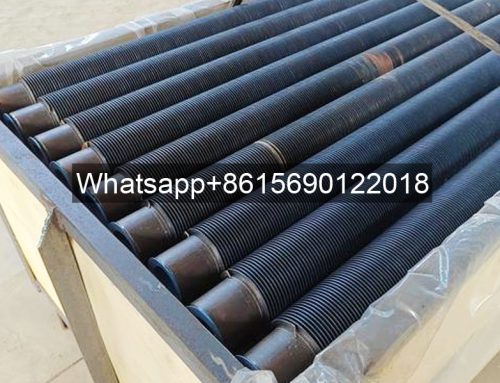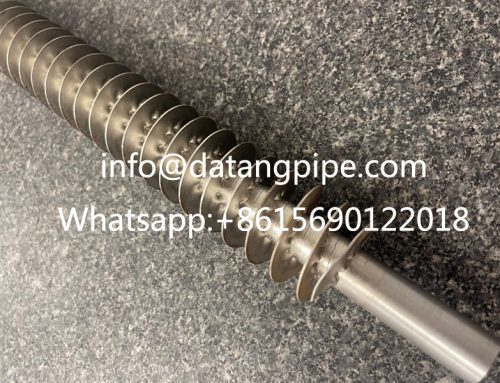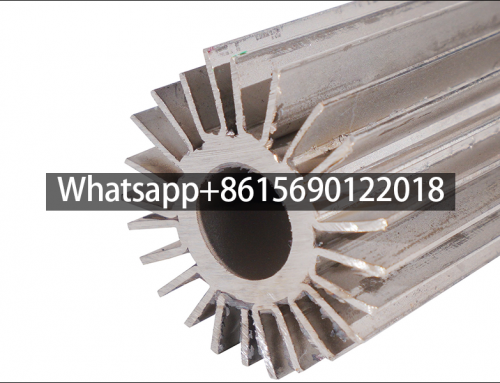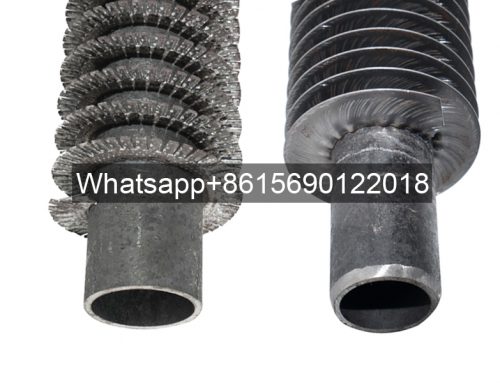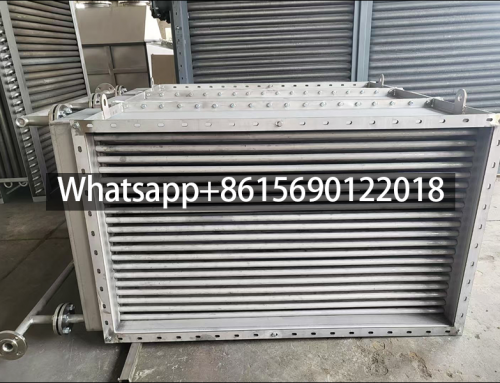Advantages of laser welded fin tubes over high-frequency welded fin tubes
Laser welded fin tubes have obvious advantages over high-frequency welded fin tubes, mainly in terms of material cost, welding quality, material adaptability, secondary processing capability, and heat-affected zone size.
Material cost:
The base tube thickness of laser welded fin tubes can be 0.8-1.5 mm, and the fin thickness can be 0.3-1 mm. This flexibility makes laser welded fin tubes more economical in material use and can greatly save material costs.
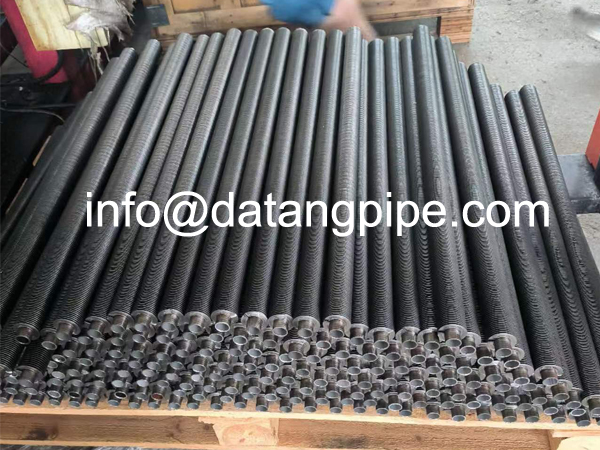
Welding quality:
The laser welded fin tube has a high penetration rate, which can prevent gap corrosion, extend service life, and reduce heat transfer resistance. In contrast, high-frequency welding has a low penetration rate, which may cause gap corrosion, affecting service life and heat transfer efficiency.
Material adaptability:
Laser welded fin tubes break through the limitations of materials and can be processed using different materials, while high-frequency welding has certain limitations on materials.
Secondary processing capability:
Laser welded fin tubes are easy to perform secondary processing, such as direct coiling and bending, while high-frequency welded fin tubes are more limited in this regard.
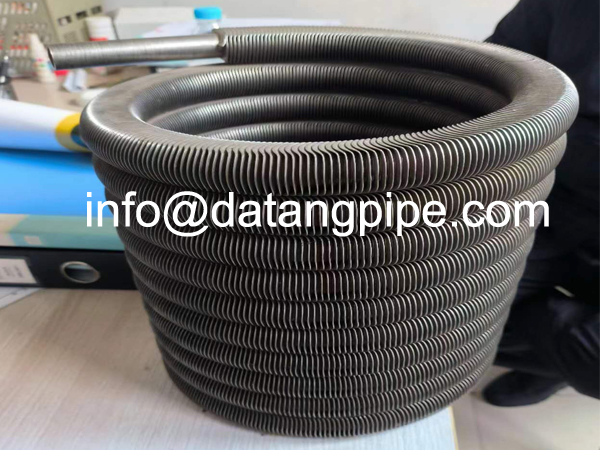
Heat-affected zone size:
Laser welding has a small heat-affected zone and small metallographic changes, which makes it possible to process small-diameter fin tubes, while high-frequency welding has a larger heat-affected zone, which may affect the performance of the material.
Laser welded fin tubes are superior to high-frequency welded fin tubes in many aspects, especially in terms of material cost, welding quality, material adaptability, secondary processing capability and heat-affected zone size.
These advantages make laser welded fin tubes have broad application prospects in the industrial field, especially in occasions where efficient and precision welding products are required.
- Leave Your Message


